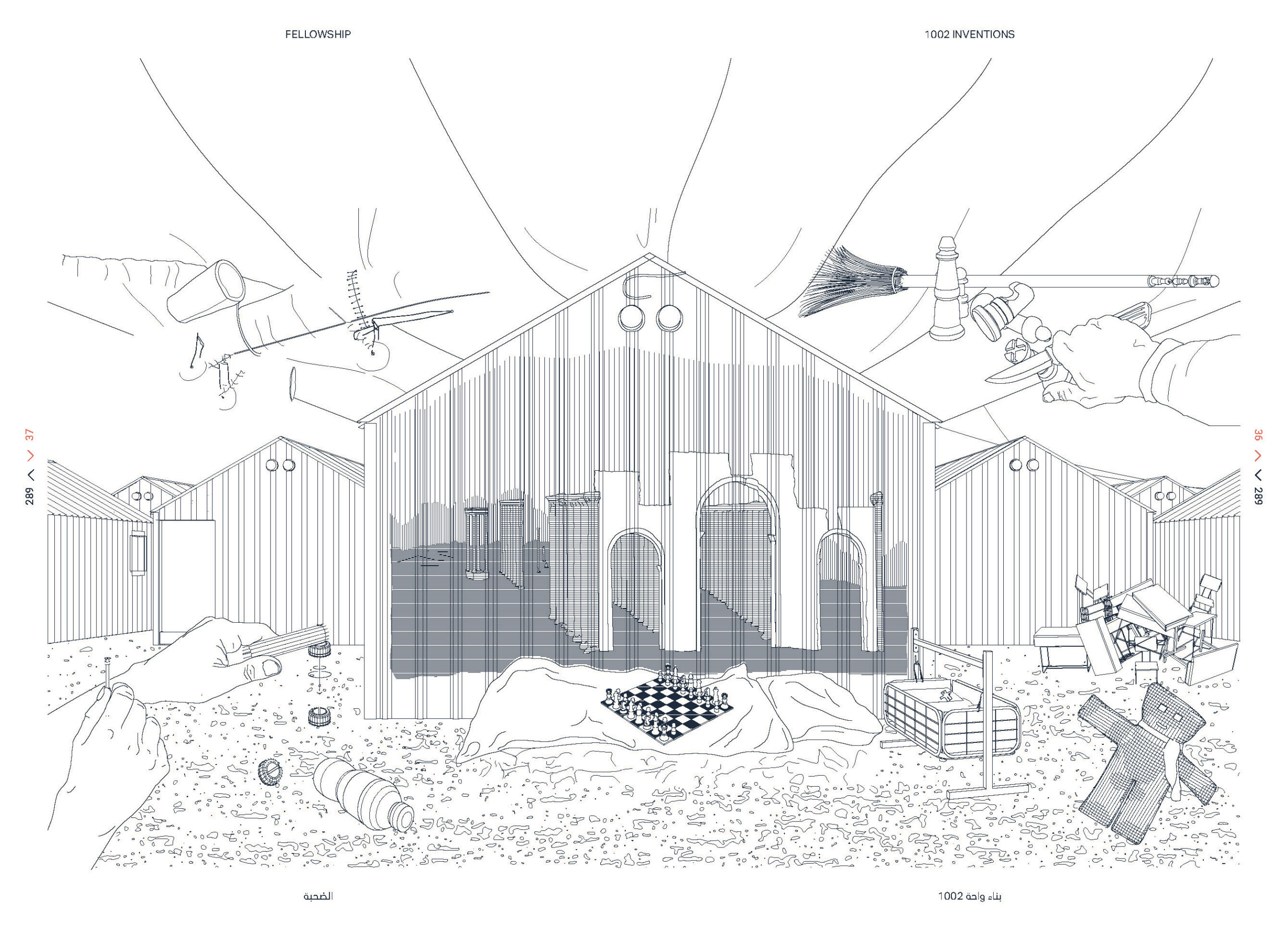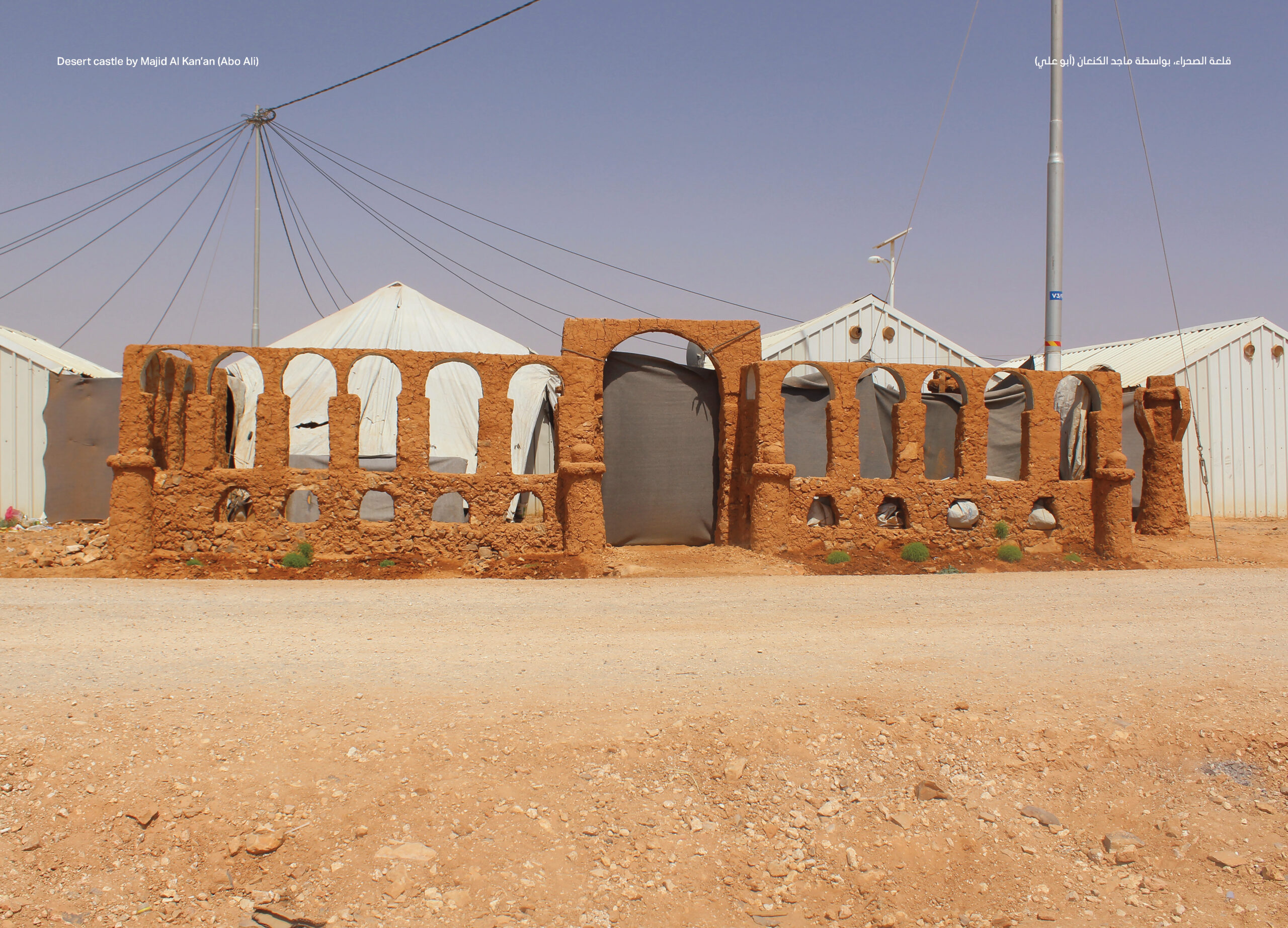Everyday Inventions from a Refugee Camp
This project explores how Syrian refugees in Jordan’s Azraq Camp use art and design to transform their living environments, thereby reclaiming agency and humanity. It showcases over 20 innovative creations that highlight the gap between standardized humanitarian design and refugees’ sociocultural needs. The bilingual (English/Arabic) documentation includes photographs and texts by the camp’s residents, as well as drawings and an animation by MIT Future Heritage Lab researchers. This cross-border collaboration demonstrates how displaced people use art and design for self-determination and hope, challenging the defined parameters of essential human needs that underpin humanitarian aid. The project highlights design as a subversive world-making practice, offering insights into the resilience and ingenuity of displaced communities responding to new realities shaped by conflict, climate change and inequality.
Bio
-
 Photo: Angelika Mende, 2022
Photo: Angelika Mende, 2022Azra Aksamija & MIT Future Heritage Lab
US
Azra Aksamija, Ph.D., an Austrian artist from Sarajevo, is a Professor at MIT Architecture and Director of the Art, Culture, and Technology Program. She leads the Future Heritage Lab, developing innovative responses to conflict and crisis through civic-scale projects at the intersection of art, design, preservation and technology. The lab collaborates with diverse partners to preserve heritage, transfer knowledge across borders, and impact vulnerable communities positively.
Credits
This project was developed as a three-year-long collaboration between MIT Future Heritage Lab, Syrian refugees, CARE-Jordan, and the German Jordanian University. The resulting book was edited by Azra Aksamija, Raafat Majzoub and Melina Philippou and published by MIT Press in 2021
The project was funded by grants from various entities at MIT: Office of the SA+P Dean, Council for the Arts at MIT, Alumni Class Fund, Transmedia Storytelling Initiative, MITx, Lawrence B. Anderson Award, the Humanities Arts & Social Sciences Award, J-WELL Education Innovation Grant, CAMIT-Council for the Arts at MIT, CAST Mellon Faculty Grant, CAST International Exhibitions and Performance Fund, and the MISTI Arab World Program. The production of the book was also partially funded with the generous support of the Graham Foundation Grant for Organizations, Kunsthaus Graz, The Aga Khan Museum Toronto, and the Austrian Federal Chancellery, Division for the Arts and Culture.


